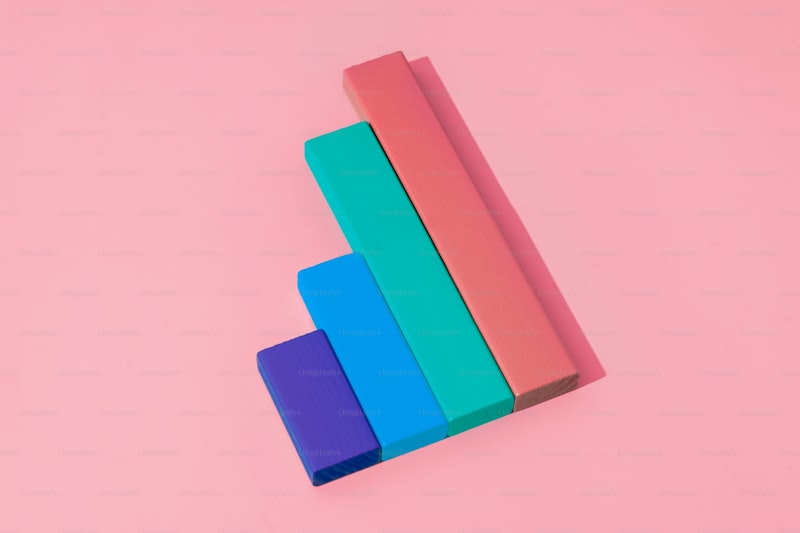Experimenting with Unexpected Colors: Unleashing Creativity in Design
Introduction
In the dynamic world of design, color plays an indispensable role. When we think of color theory, usually primary colors and their combinations spring to mind. However, the concept of experimenting with unexpected colors opens up a world of creativity and innovation. This article delves deeply into the advantages of integrating unconventional colors into your designs, and how it can transform your work. We will explore techniques, tools, and tips on how to embrace unexpected color palettes that can elevate your projects to new heights.
The Psychology of Color
Colors are not merely aesthetic choices; they evoke emotions and influence perceptions. Understanding the psychology behind colors can significantly enhance your design work. For instance, blue often invokes feelings of calmness and trust, while red can generate urgency and excitement. When you step outside conventional color choices, you can create unexpected reactions and experiences.
When experimenting with unexpected colors, consider how combining certain colors can yield unique emotional outputs. For instance, pairing a vibrant orange with a cool teal can create an exhilarating vibe, which is often unexpected in mainstream design.
Table of Color Associations
| Color | Common Associations | Unexpected Pairings |
| Red | Passion, Energy | Red + Mint Green |
| Blue | Trust, Calm | Blue + Bright Yellow |
| Yellow | Happiness, Optimism | Yellow + Deep Purple |
| Purple | Creativity, Luxury | Purple + Coral Pink |
This table summarizes how certain colors are traditionally perceived and suggests unexpected pairings that can invigorate your design projects.
Why Experiment with Unexpected Colors?
The reason for experimenting with unexpected colors is twofold: it can either enhance your design’s visual appeal or convey a specific message more effectively. Here are a few benefits:
- Grabbing Attention: Utilize unexpected colors to draw the viewer’s attention, making your designs stand out in a saturated market.
- Creating a Unique Brand Identity: Brands that dare to diverge from the norm often cultivate a loyal following. Think of companies like Coca-Cola or Apple—their distinct color palettes set them apart.
- Encouraging Emotional Responses: By carefully selecting unconventional color combinations, you can invoke specific feelings from your audience.
- Fostering Creativity: Experimentation pushes the boundaries of creativity. Using surprising colors can inspire new ideas and concepts you might not have initially considered.
Tools for Color Experimentation
Before diving into the realm of unexpected colors, it’s vital to have the right tools at your disposal. Consider using the following:
- Color Wheel: A traditional color wheel can help visualize color relationships. Try substituting traditional colors with unexpected ones.
- Digital Tools: Websites like Adobe Color or Coolors can assist in generating unconventional palettes effortlessly.
- Graphic Design Software: Programs such as Adobe Photoshop or Illustrator can facilitate experimenting with various color combinations easily.
- Physical Swatches: Sometimes nothing beats having physical swatches to see how colors interact in real life.
Tips for Successful Experiments
Embarking on a journey into unexpected colors can be intimidating, but following these tips can ease the process:
1. Start Small:
When incorporating unexpected colors, begin with accent pieces rather than overarching themes. For instance, use an unconventional shade for a button or icon on a website.
2. Balance is Key:
Ensure that your unexpected colors are balanced with neutral tones. This creates a visual impact without overwhelming the viewer.
3. Test and Iterate:
Always seek feedback on your color experiments. Utilize A/B testing to see which combinations resonate best with your audience.
4. Stay Informed:
Keep an eye on color trends in the design world. Platforms like Pinterest or Instagram can offer insights into what colors are currently captivating attention.
5. Embrace Mistakes:
Not every color experiment will be a home run, and that’s perfectly fine! Mistakes often lead to innovation.

Case Studies: Brands that Excelled through Unconventional Colors
Numerous brands have successfully navigated the realm of unexpected colors:
1. Dunkin’ Donuts:Dunkin's signature pink and orange are not only vibrant but also distinctively set the brand apart from its competitors. The unusual combination conveys a personality that is fun and approachable.
2. T-Mobile:T-Mobile’s fuchsia branding is unexpected in the tech industry, where colors tend to be more subdued. This bold choice has paid off by capturing attention and promoting brand recognition.
3. Mailchimp:Mailchimp is another great example, utilizing a palette filled with unexpected colors and quirky designs that resonate well with its audience, making marketing feel more relatable.
Conclusion: Embrace the Unexpected
In conclusion, experimenting with unexpected colors is not just about being bold; it’s a strategic choice that can lead to captivating designs and meaningful connections with your audience. Remember, color is a tool that, when used wisely, can enhance not only the aesthetics of your work but also its emotional impact. As you embark on this exciting journey, keep the aforementioned tips in mind, embrace creativity, and don’t shy away from making mistakes. With these practices, you will undoubtedly discover new realms of creativity, pushing your design capabilities beyond your limits.
Now, go forth and unleash your imaginative potential by integrating unexpected colors into your projects. The world is waiting to see what you’ll create!